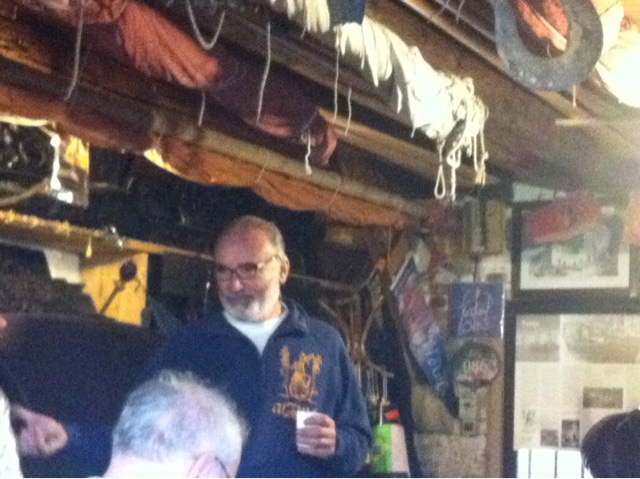Milan is that Italian city not everyone has on their travel list. But since the NY Times had it as their #1 choice for 2015, there must be a reason why. It could be the newly renovated La Scala theatre or one of it's famous fashion houses, the massive castle Sforzesco or it's numerous museums in grand ancient buildings.
I'm going for the Duomo. Founded in 1386, it was consecrated in 1418 but wasn't finished until 1812, under Napolean. It's an incredible example of Gothic architecture with its 2,254 statues, 135 soaring spires and 96 gargoyles. The interior holds 40,000. (Yup, that's more than Fenway.) And as you can see, it's all about the light. You can walk by its facade via the tremendous pigeon-feeding peopled piazza countless times and it will never look quite the same. Or follow the locals and take your lunch to the top to eat amongst the gargoyles with views that extend beyond the city.
Linking the Piazza del Duomo and the Piazza del Scala is the Galleria Vittorio Emanuele II. The elegant cross shaped, glass roofed arcade was built between 1865 and 1898. Today it is filled with shops, bookstores and eateries. It's tremendous glass domed roof, mosaic floors and fresco painted walls are a delight. Sip a cappuccino or a Compari and soda while watching the world go by after an evening performance at La Scala.
The Palazzo Reale is equally close to the Duomo. In the 11th century, it was the seat of the city council. Mozart performed here in 1770. Today, like many other Milan addresses, it's actually a labyrinth of several smaller neoclassical buildings. On Monday it's one of the few museums open in the city. But take care, next to the Duomo Museum entrance, you may think your entering a lecture or performance art, when instead you've walked right into the "Marriage Hall". Dozens of people look at you expectantly as you sheepishly walk out - and so wishing you'd had your camera!
But you might move onto a fabulous Gioto exhibit. His incredible sense of form, color and perspective, along with his unique blue, made him incredibly popular and wealthy during his life between 1266 and 1337. On the same ticket, and just across the hall is the endless galleries housing "The Great Mother", curated by Massimilano Gioni, the former Venice Biennale Curator. It's both a historical and creative retrospective of woman through the ages, reminding us how, just below the surface, the view of women and their rights are stil quite tentative. A wide range of art & history that will certainly make you think!
Bicycles aren't as popular as scooters - or gelato (You will NEVER see so many really well dressed men licking wafer cones.) but bike stands and rental bikes are everywhere. This is certainly also a walking city, but it's incredible contemporary underground metro is very tempting. Or if you prefer staying above ground, there's the wooden trolley cars - at least if they've yet to be sold to San Francisco.
And then of course there's the trickier part of navigation - reading signs that are not in your language. Looking all over for Museum 900 because you didn't realize what "novocento" meant. (BTW - An amazing collection of wonderfully exhibited Italian late 1800 through this century in a Guggenheim-like spiral space that ensures you see the progression of approach.)
Then there are the "international" street signs. Streets with NO people traffic makes sense when you realize it's a narrow trolley passage, but from afar, well could it have been statement-art? And if anyone knows what the person carrying the white bar means - please let me know!




















































